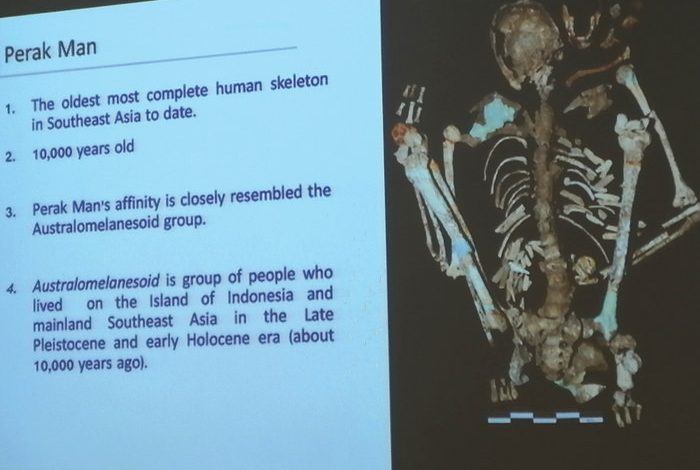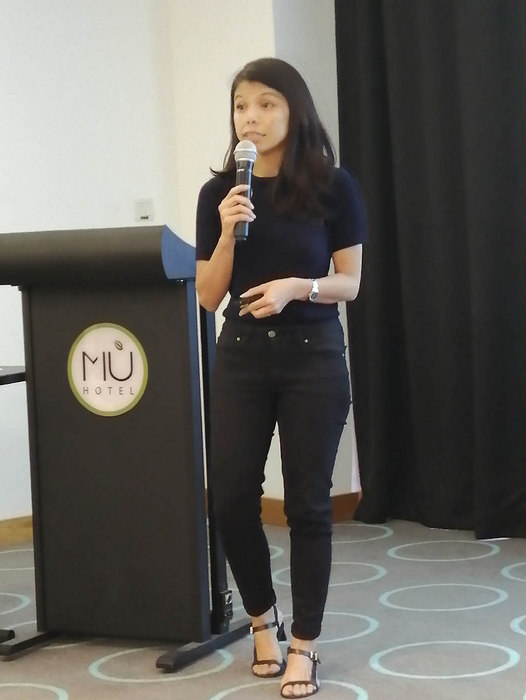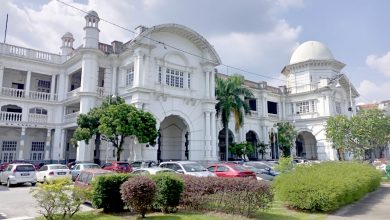

By Chris Teh
The Bicara Warisan talk “Antiquity of Perak’s Prehistoric Past” by Perak Heritage Society was held at MU Hotel on Saturday, June 29. The emphasis was on life and behaviours of the prehistoric society in Perak.
The featured speaker was Goh Hsiao Mei currently lecturing at Universiti Sains Malaysia, Penang. She alluded to her archaeological projects in Lenggong Valley and Kinta Valley where prehistoric humans once dwelt.


Fast forward to the Epi-Palaeolithic era (3500 to 10,000 years ago), the era was signalled by the emergence of hunter-gatherers and cave-dwellers with the invention of stone tools and ornamental objects and human-burial rituals.
Interestingly, the “Perak Man”, currently the oldest near-complete human skeleton in Southeast Asia, dating back to over 10,000 years old, was found at Gunung Runtuh Cave in Lenggong Valley in 1991. The find indicated that the “Perak Man” was part of the Austromelanesoid group who lived on the Island of Indonesia and mainland Southeast Asia.
The Neolithic era (1700 to 3500 years ago) was signalled by the emergence of societies with a sedentary lifestyle. Those from this era tended to stay in one place, had complex economic strategies, adopted elaborate symbolic behaviours, used earthenware and practised supine burials.
Goh highlighted that her main project currently is to track down agricultural signatures in forms of water and food sources.
“We’ve yet to discover any. Thus we’re extending this work to lipids and proteins that can provide hints of domestication or agricultural activity of the Neolithic era,” she explained.


